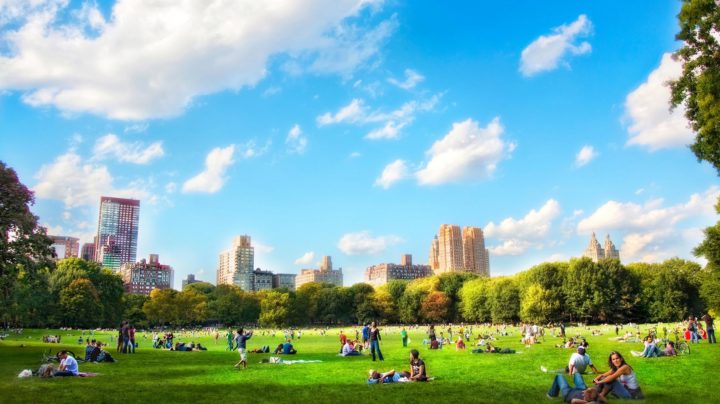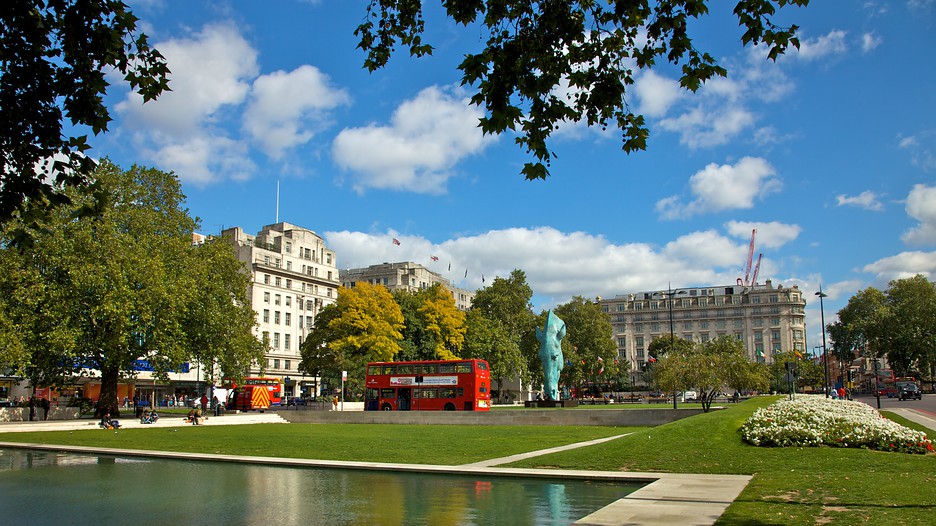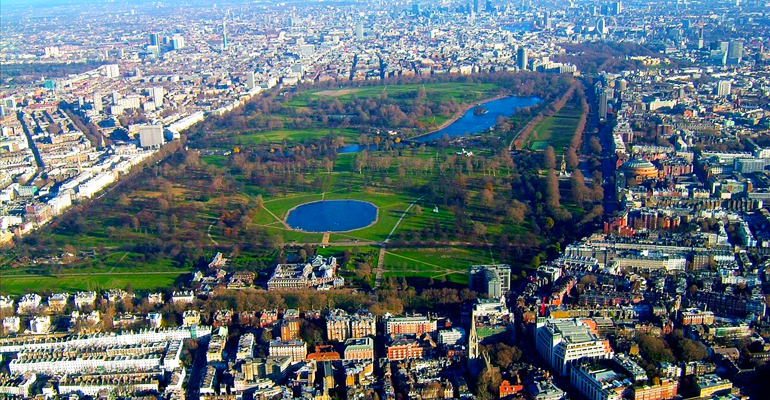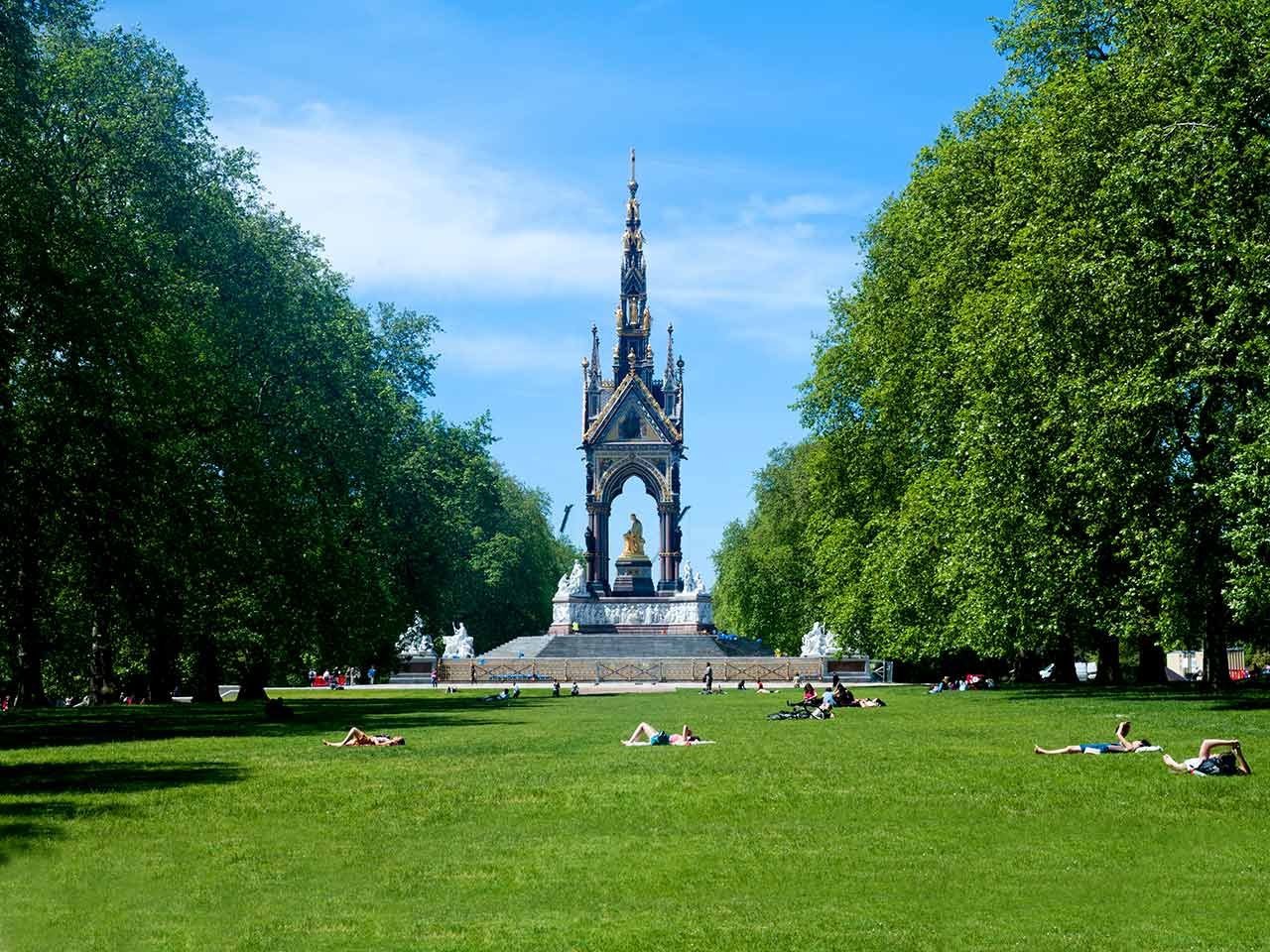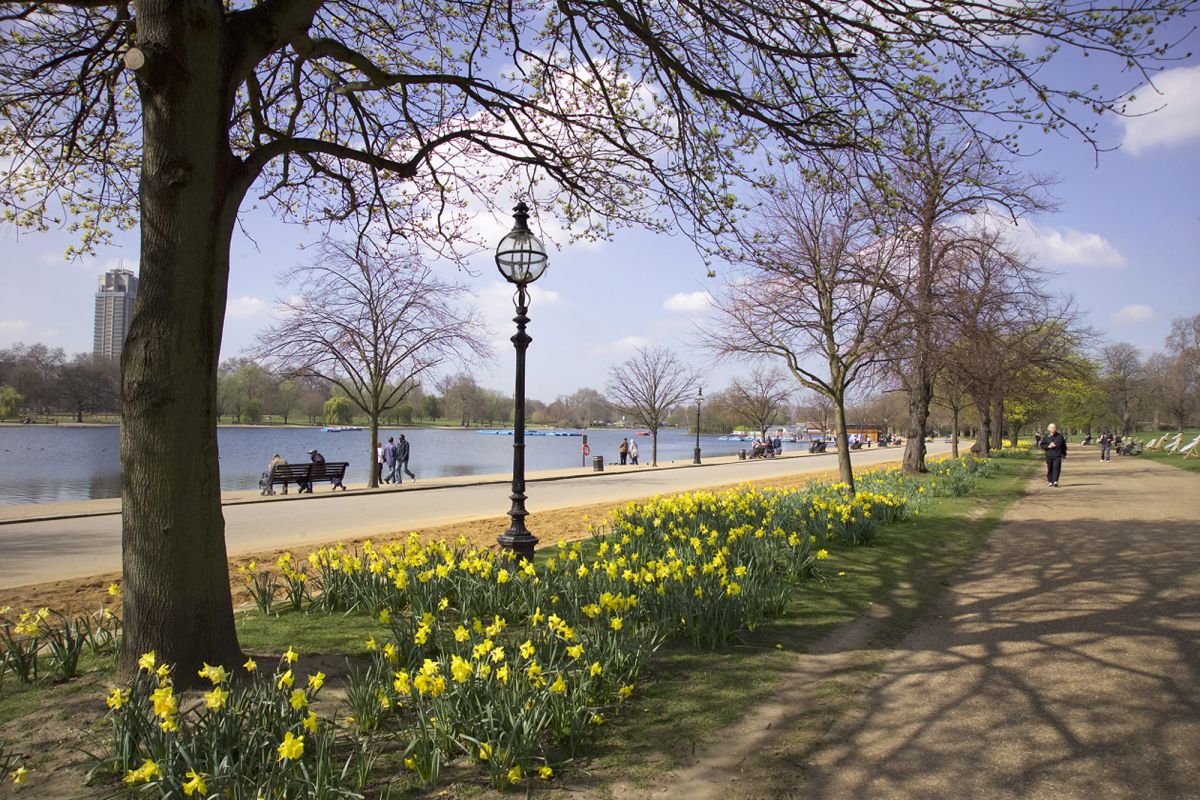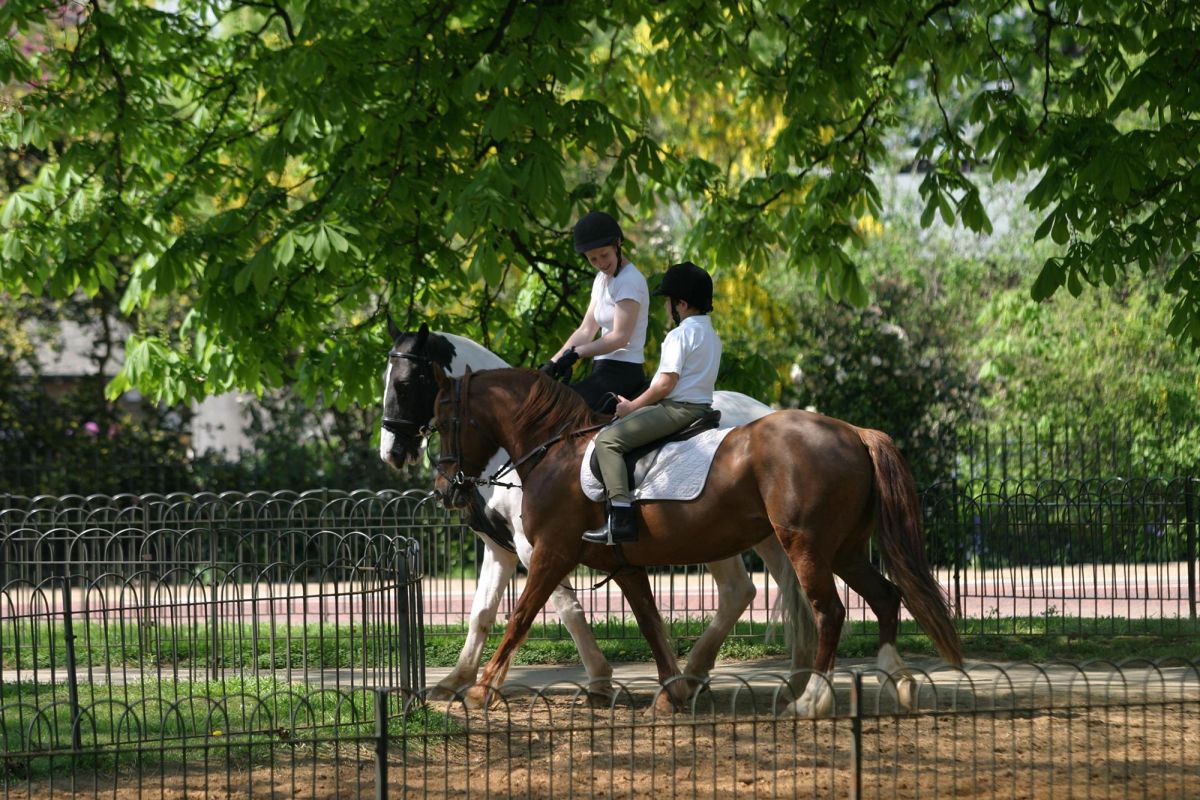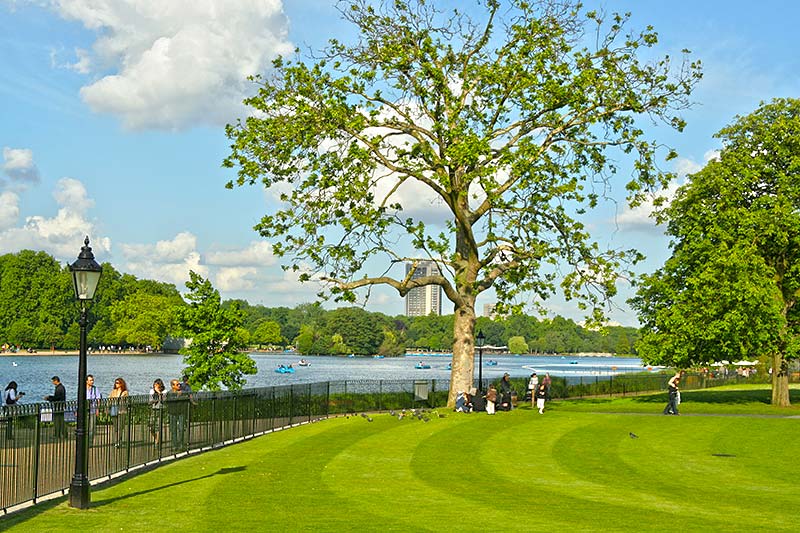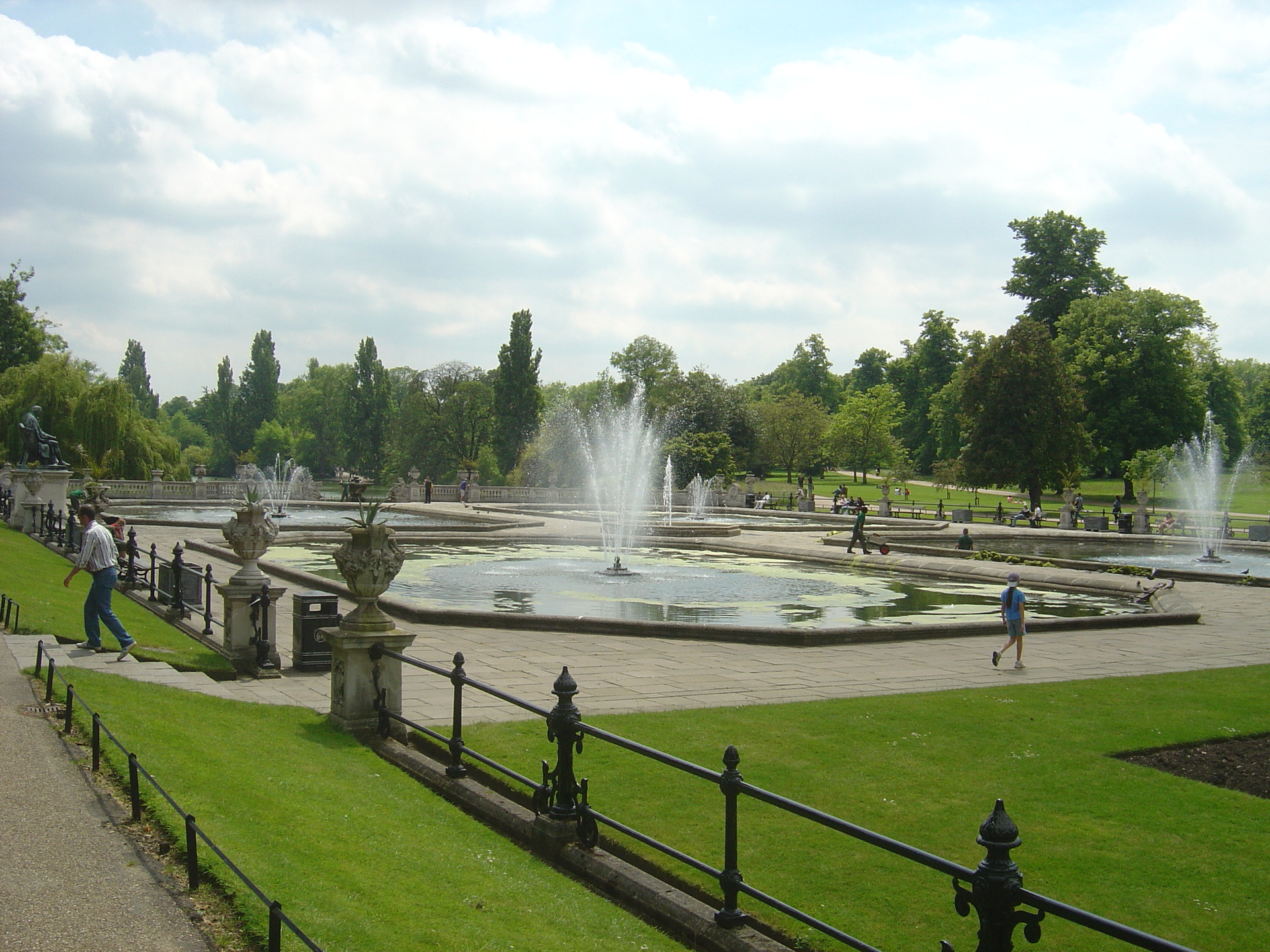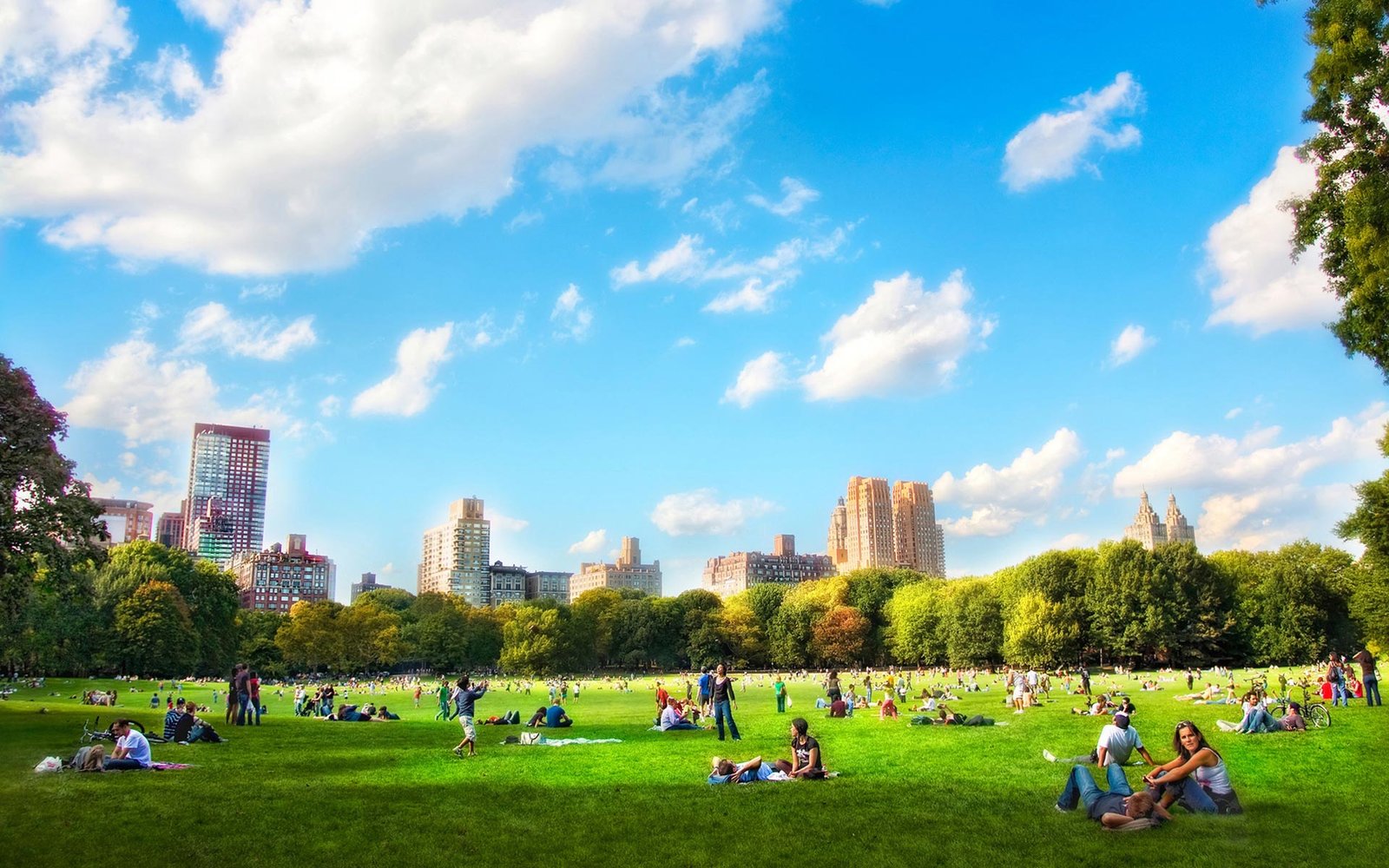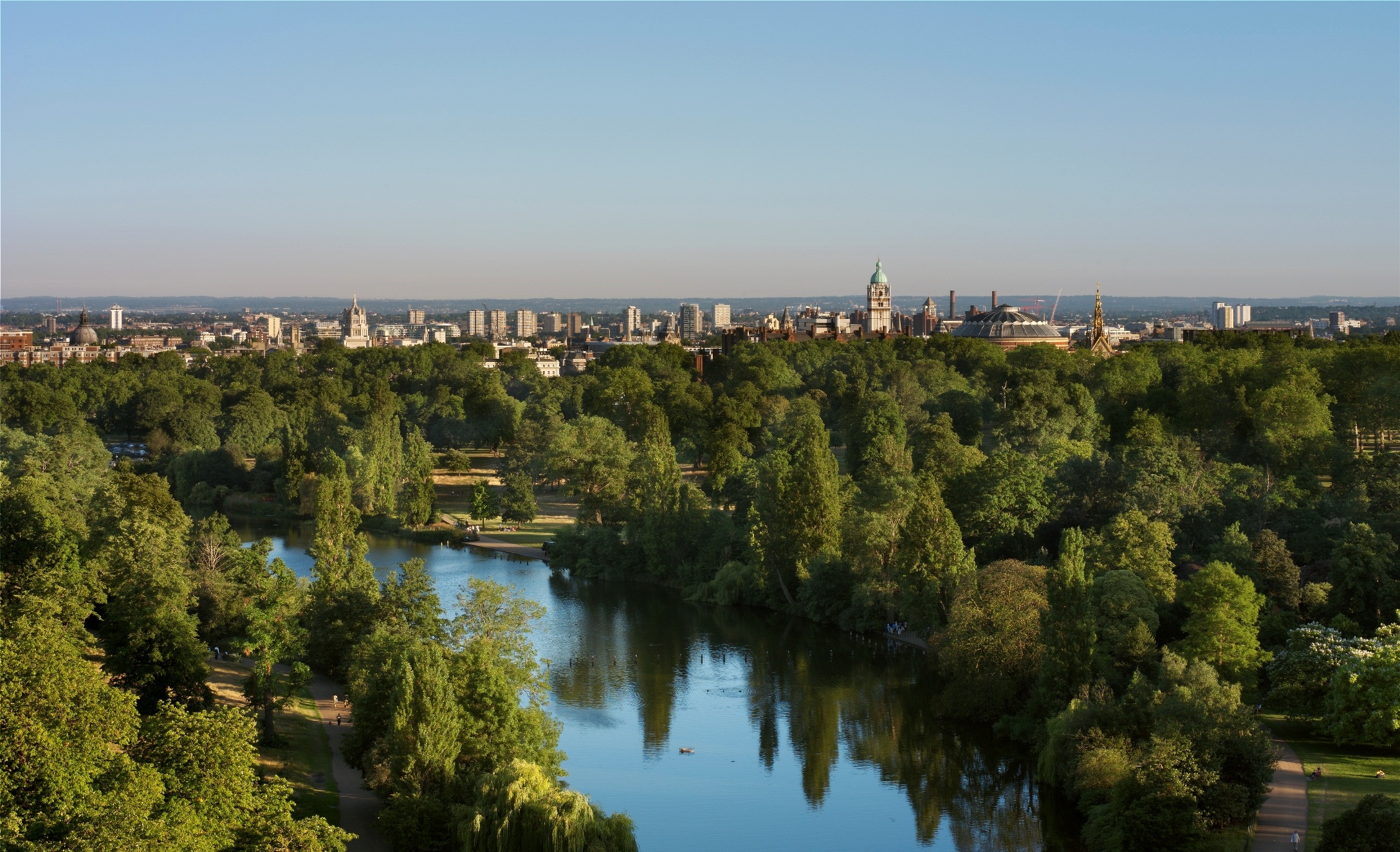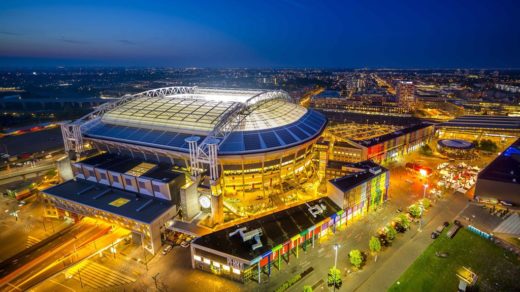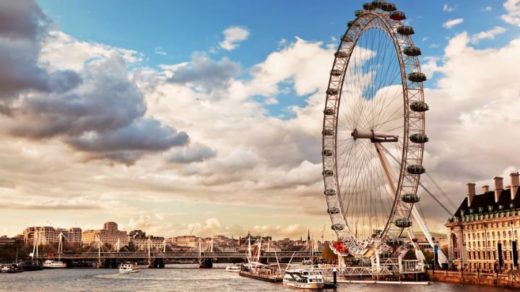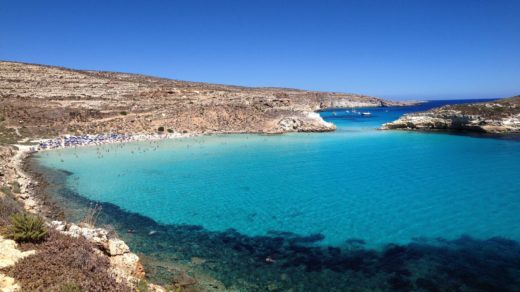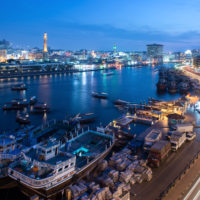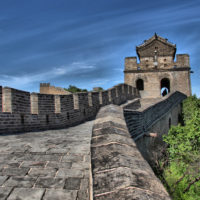Hyde Park is one of the largest park and one of 8 Royal Park in London. This park has an area of 142 hectares and is directly adjacent to Kensington Park Gardens. Millions of Londoners and tourists visiting Hyde Park and Kensington Gardens every year. This park has a lot of appeal as a place to picnic, jogging, tennis, swimming, kayaking, horseback riding, and other sports.
Hyde Park is also often a place of concerts, festivals, fairs, and also a filming location. At noon, Hyde Park and Kensington Gardens seemed to be one, but the Kensington Gardens close early ie at dusk while Hyde Park is open until midnight.
Hyde Park is an area which was purchased in 1536 by King Henry VIII from the monks of Westminster Abbey. He then sold the land portion, and turn the rest into a park deer hunting area, stretching from Kensington to Westminster. Hyde Park subsequently underwent many changes during the subsequent kings, and was opened to the public in 1637. Layout of Hyde Park, which we now see is the final design created by architect Decimus Burton in the 1820s (at the time of King George IV), He made the entrance to Hyde Park, Hyde Park Corner consisting of Triumphal Screen and Wellington Arch. The only new addition in Hyde Park is the Diana, Princess of Wales Memorial Fountain made in 2004.
Features that you can see in Hyde Park is Triumphal Screen, which is the entrance to Hyde Park, located at Hyde Park Corner, in the southeast corner of the park and created by Decimus Burton in 1824-1825. This gate consists of three entry gates are coupled by a pillared structure 4 pieces on both sides of the center gate. These gates are designed to be made larger because the royal horse-drawn carriages to pass through. In addition to 3 pieces of the gate, there are also two other entrances that can be crossed by pedestrians.
The next feature is that you can see the Wellington Arch, which is the other gates in Hyde Park. The gate is located in the middle of the crossroads at Hyde Park Corner, and linking Hyde Park and Green Park. Wellington Arch was built in 1826 by Decimus Burton. Inside the gates, there are galleries and the exhibition are open to visitors. Then there is the Marble Arch, located in the northwest corner of Hyde Park. This gate was designed by John Nash based on the Arch of Constantine in Rome, Italy and built in 1827 as the entrance to Buckingham Palace. This gate is moved into place at Hyde Park in 1851. In addition to these features, Hyde Park also offers a variety of activities that can be done by visitors. In addition to jogging and running, many other activities you can do in Hyde Park, such as picnics, biking, horseback riding, swimming, boating, and sports such as tennis, bowling, and golf, which is available at Hyde Park.
